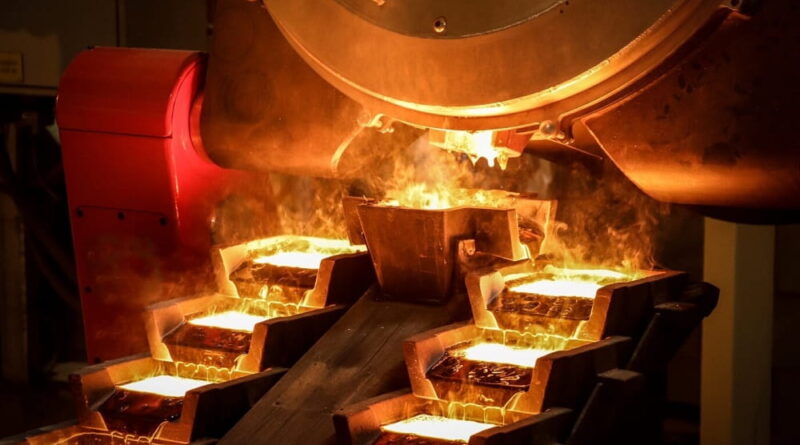Sibanye-Stillwater reports on its H1 2023 production results
The SA PGM operations delivered another solid, consistent operating result for H1 2023, commendably managing the impact of elevated Eskom load curtailment and making significant progress in addressing cable theft during Q2 2023. Production of 848,723 4Eoz (including PoC), was flat compared to H1 2022, benefiting from a 24,195 4Eoz (95%) increase in PoC year-on-year, highlighting another relative advantage arising from our unutilised processing capacity. 4E PGM production (excluding PoC) of 799,182 4Eoz, was 3% lower than for H1 2022, but in line with H1 2022 if adjusted for the year-on-year decline in Kroondal production, which was primarily due to the planned closure of the Simunye shaft at the end of 2022. Costs were again well managed, with AISC (excluding PoC) of R19,716/4Eoz (US$1,083/4Eoz) for H1 2023, increasing by 9% year-on-year, significantly less than recent cost increases reported by industry peers.
Production from the SA managed gold operations (excluding DRDGOLD) for H1 2023 of 10,411kg (334,721oz) increased by 233% year-on-year, with AISC of R1,113,391/kg (US$1,902/oz) 47% lower, mainly reflecting the recovery in production from the SA gold operations following the suspension of operations as a result of the industrial action and consequent lockout during H1 2022.
Mined 2E PGM production from the US PGM operations of 205,513 2Eoz for H1 2023, was 11% lower year-on-year, with AISC of US$1,737/2Eoz, 27% higher than for H1 2022, primarily due to the shaft incident at the Stillwater West mine and ongoing critical skills shortages which continue to affect productivity and unit costs. These factors have also delayed implementation of the repositioning plan, which was announced in mid-2022, although we expect to resume planned implementation by Q4 2023.
3E PGM production from the US PGM recycling operation for H1 2023 halved year-on-year to 162,452 3Eoz. The global autocatalyst recycling industry has not recovered as anticipated at the beginning of 2023. The uncertain global economic outlook, recessionary concerns and higher interest rates have led to decreased consumer demand for new vehicles, with light duty vehicles (LDV) remaining in service for extended periods and fewer vehicles being scrapped. Furthermore, the global collection networks have contracted due to the residual impact of COVID-19 and lower PGM prices, leading to an accumulation of inventory within these networks. While there are positive signs of a recovery in global auto sales emerging, these are only expected to reflect in recovery in receipts and feed rates in 2024.
Nickel equivalent production from the Sandouville nickel refinery of 3,493 tonnes for H1 2023 and nickel equivalent sustaining cost of US$37,486/tNi (R682,628/tNi) were impacted by plant downtime of 50 production days during H1 2023, primarily due to equipment failure at the electro-winning circuit, supply chain constraints leading to a shortage of critical inputs and social unrest in France in the form of nationwide strikes. Repairs to the
cathode units in the electro winning circuit are largely complete, with circuit availability and nickel recovery trends improving during Q2 2023.
Legacy contracts with suppliers and customers are also being renegotiated by the new management team and working capital risks are being managed through the hedging of 70% of nickel purchases. The outlook for H2 2023, barring any unexpected disruptions, is therefore more positive.




